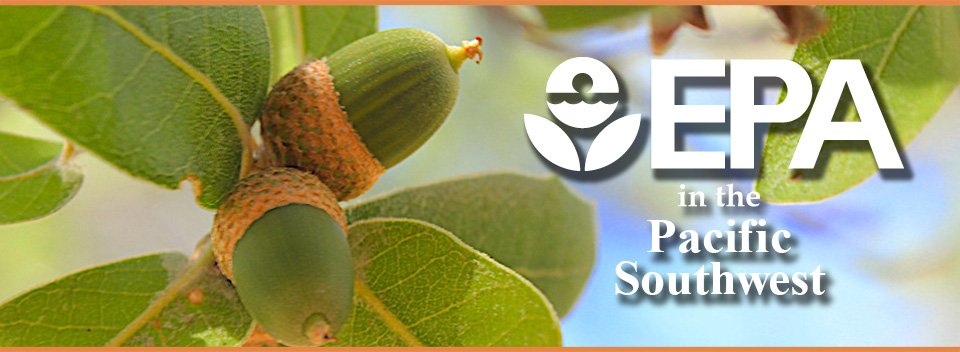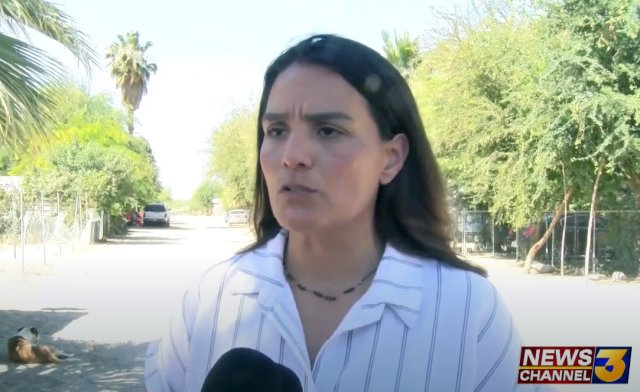May—June 2022 Newsletter

Infrastructure Progress at the U.S.-Mexico Border
The San Diego-Tijuana border communities share a watershed and reducing pollution there requires bi-national collaboration across all levels of government. EPA has worked closely with the U.S. Section of the International Boundary and Water Commission (USIBWC), a wide range of stakeholders, and the public to move forward on a set of projects that comprise a comprehensive infrastructure solution for mitigating transborder water pollution. EPA and the USIBWC will convene public information sessions to discuss the proposed projects and public meetings to accept comments. EPA is committed to moving as expeditiously as possible on the infrastructure solution and hearing directly from the communities across the watershed.
Addressing a Drinking Water Problem

In May, Regional Administrator Martha Guzman, along with Congressman Dr. Raul Ruiz, visited the Oasis Mobile Home Park in Thermal, Calif. They met with residents to discuss clean water access and the need to reduce the levels of arsenic in the system’s water in the Eastern Coachella Valley. Representative Ruiz and Guzman walked the streets of the Oasis Mobile Home Park to speak with residents about how the problem should be solved. “There is always something that community tells us that we didn’t catch, we didn't know. Something that they’ve tried before, something that they are actually shooting for that we didn’t quite have so the most important part of our work is hearing and listening and learning from the community and making sure the work we’re doing is lining up with what they want,” said Guzman.
Improving Air Quality in Underserved Communities
EPA has awarded a total of $1,997,949 in research grants to three campuses of the University of California — UC Davis, UC Los Angeles and UC San Diego — for research to advance measurement and monitoring methods for air toxics and contaminants of emerging concern in the atmosphere. “Though EPA has made progress on improving air quality we are committed to further reducing contaminants in air, especially in our underserved communities here in the Pacific Southwest,” said Martha Guzman, Regional Administrator.
- Times of San Diego: UCSD Wins $400K EPA Grant for Study of Coastal Pollutants
- EPA’s Air Toxics Grants
Protecting the Public from Air Pollution
Allied Exhaust Systems, Inc., has agreed to pay a $1.1 million penalty under the Clean Air Act for illegally selling aftermarket emissions-control defeat devices to individuals throughout the U.S. Vehicles are a significant contributor to air pollution, and aftermarket defeat devices that disable emission controls lead to even higher levels of pollution.
Alert
Wildfire Preparedness
Wildfires and their smoke are a fact of life in the Pacific Southwest. EPA and other public agencies have resources to help people prepare for wildfires.
Drought
Droughts occur throughout North America and in any year at least one region is experiencing drought conditions. In the Pacific Southwest, drought has become a regular part of life and the western United States is currently experiencing a megadrought.
Air, Climate, & Energy Research Webinar Series
Free webinars are offered quarterly by EPA's Office of Research and Development. The webinars share current research activities and results related to air quality, climate and energy research.
